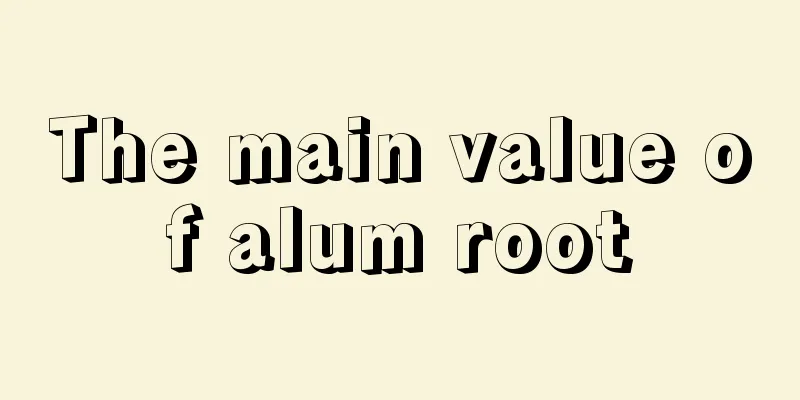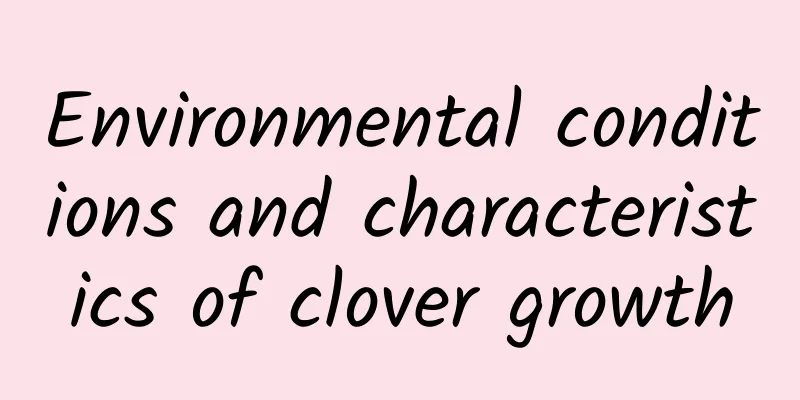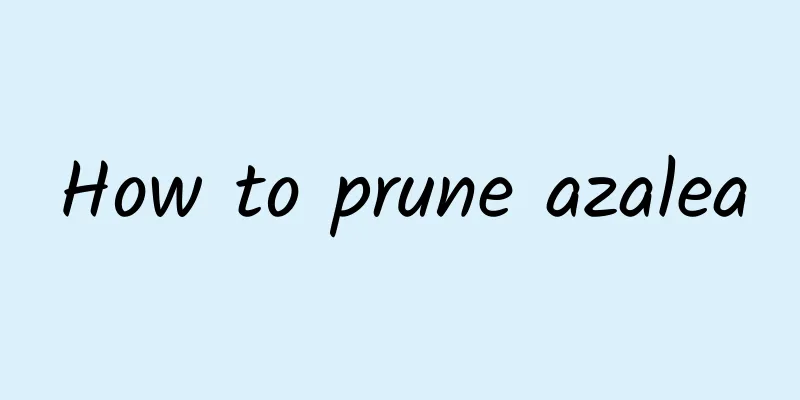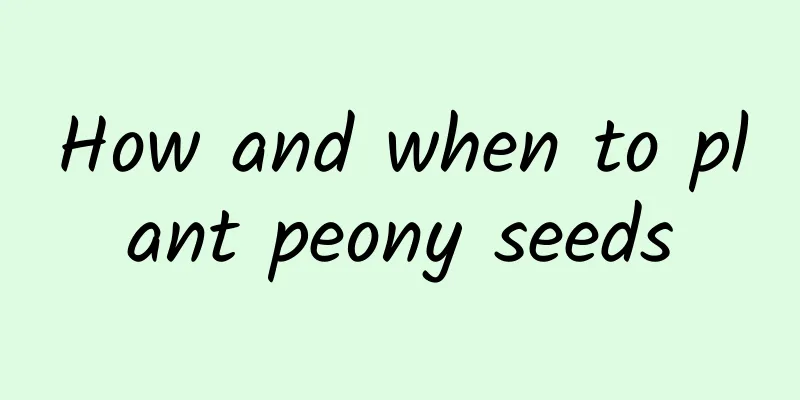What are the hazards of water hyacinth
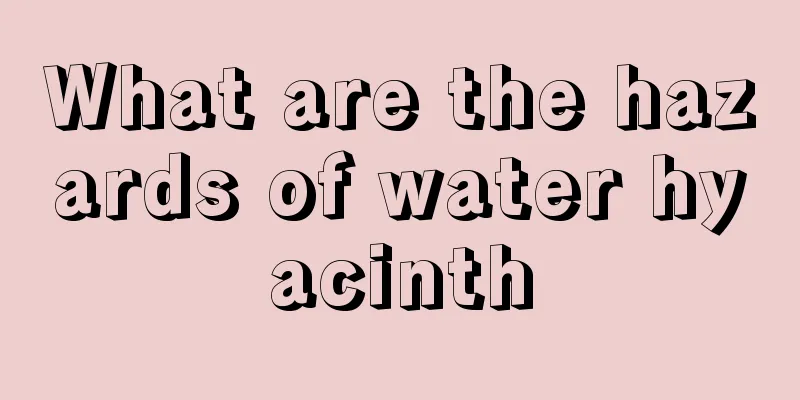
Water hyacinth causes ecological damageOne of the hazards of water hyacinth is that it can cause ecological damage. Because it has a strong reproductive ability, if the living environment is suitable for the growth of water hyacinth, it will reproduce in large numbers and become a dominant species, affecting the growth of other organisms. In the long run, the ecological diversity of the area will be destroyed, leaving it with a single species. The ecological balance of a region is very important. Balance can only be maintained if various species influence and inhibit each other. The crazy growth of water hyacinth will to a large extent disrupt the balance of the area, deprive other organisms of their living space, and cause some species to be on the verge of extinction. Water hyacinth affects the growth of other organismsWhen the water hyacinth is growing vigorously, it will grow all over the water area, covering the entire surface and dyeing the water green. At this time, it will affect the gas exchange between water and the atmosphere, as well as the transmission of light, and will increase the concentration of CO2, affecting aquatic life. Water hyacinth will clog the riverThe wild growth of water hyacinth will clog the waterways. Because the plants of water hyacinth reproduce in large numbers, the plants continue to increase and will soon cover the entire river channel. In serious cases, the density of growth of water hyacinth is so high that people can even walk on it, affecting water transportation. In addition, the growth of water hyacinth will even affect the growth of tap water in water plants, because excessive reproduction of water hyacinth will clog the tap water production equipment. Control of the harm caused by water hyacinthOnce water hyacinth damage occurs, the use of herbicides to prevent and control it is not very effective. It is not only polluting but also relatively expensive. Generally, when controlling the damage caused by water hyacinth, non-polluting methods are adopted, and the natural enemies of water hyacinth, such as dugongs, can be introduced, which has better results. |
<<: What to do if the hibiscus flower grows poorly
>>: What to do if the lipstick flower does not bloom or drops buds
Recommend
How to raise newly bought peach eggs
1. Pot soil For the bare-root succulents you just...
What to do if aloe vera grows too tall
What does aloe vera look like when it grows too l...
When to transplant hydrangeas planted in the ground
Hydrangea is a plant of the genus Hydrangea. It h...
How to grow the nine-death grass
Growing conditions of the herb The herb does not ...
When does digitalis bloom?
When does digitalis bloom? Digitalis produces sma...
The breeding methods and precautions of Hongyun Dangtou
The plant of the lucky charm plant is beautiful a...
Cymbidium orchid meaning
1. Meaning The flowers of Cymbidium orchid are ve...
How to take care of the newly bought Dieffenbachia
1. Change the soil Dieffenbachia has high require...
How often should I fertilize Tiger Pilan and what kind of fertilizer is best?
How often should I fertilize Tiger Pilan? The pla...
How to grow succulents
1. Plant in time If you have just bought the plan...
The efficacy and function of money grass, can money grass be soaked in water and drunk?
1. Efficacy and Function 1. Clearing away heat an...
What are the cultivation methods and precautions of Tiger Thorn Blossom?
How to cultivate Euphorbia pilosa Euphorbia milii...
Can the spathiphyllum be propagated by cuttings?
1. Can it be propagated by cuttings? The cycas re...
How to graft azalea
1. Time The method we use is actually better, but...
How to grow African violets in summer
Summer maintenance temperature The temperature is...



